Sunday, May 2, 2021
In memory of John Paul Leon
We just heard that one of the great illustrators and comic book artists, John Paul Leon, passed away at the tragically young age of 49, on May 1, 2021. Here's a gallery of his art, in memory.
Strangers on a Train
John Cleese and Marty Feldman in a great descent into comic absurdity from 1967! Click below to watch and laugh.
Friday, April 30, 2021
Happy Birthday, Gal Gadot!
Miss Israel 2005, actress, and model Gal Gadot--the big screen incarnation of Wonder Woman--turns 36 today. In celebration, here are a few photos of her!
Thursday, April 29, 2021
In Observance of International Dance Day...
... we bring you a line-up of ballerinas from different nations!
Valeska Miller of the United States of America...
... Yvonne Craig of the United States...
... Leslie Caron of France...
... Maria Tallchief of the United States...
We WOULD have featured last year's International Dance Day's star Brigitte Bardot (of France), but she was still getting ready by the time we had to make this post.
You can also see one of this year's featured dancers, Valeska Miller, in the brand-new horror short film, "The Ballerina", at Terror Titans. Click here!
The Avengers: The Hour that Never Was
The Hour that Never Was (1965)
Starring: Patrick Macnee, Diana Rigg, Roy Kinnear, and Dudley Foster
Starring: Patrick Macnee, Diana Rigg, Roy Kinnear, and Dudley Foster
Director: Gerry O'Hara
Rating: Nine of Ten Stars
A car accident causes Steed and Mrs. Peel (Macnee and Rigg) to arrive late to a reception and party behind held at an air force base that is being decommissioned. They find the facility completely deserted and all clocks stopped at the exact moment of their car crash.
"The Hour That Never Was" is one of the best episodes of the ones from the 1965/66 season. Between the expansion of John Steed's background with details about his WW2 activities (including the fact that he played fast-and-loose with the rules even then); some great interplay between Steed and Peel that both underscores their easy-going friendship, their skills as agents, and their ability to be ruthless when called for; and a mystery that will keep you guessing as to what has happened to the staff of the airbase--because just as you think you may have figured it out, the mid-episode twist will put you right back to Square One.
"The Hour That Never Was" also benefits from some creative camera-work that emphasizes the creepiness of the deserted airbase during the first half of the episode, and the disorientation felt by Steed when he suddenly finds the base populated again... except now Peel has gone missing.
This is one of the spookiest episodes of the series, because the mystery keeps turning inside out and then turning again. It's clear that there are clearly some mundane threat at play (a sniper with a rifle kills the only other living human being that Steed and Peel lay eyes on after arriving at the base) the supernatural or weird science threat that appears to have first made everyone on the base vanish and then appears to have distorted time is the far greater danger... and it's one that remains mysterious until the episode reaches its conclusion.
The only weak part of "The House Than Never Was" is the fight between our heroes and the villains at the end. It's a little too goofy, even by "The Avengers" standards. But this is more than made up for the excellent execution of the story and the many little touches that make Steed and Peel seem more three-dimensional and human than they have in any previous episodes. (Steed's joy at the prospect of reuniting with old friends is something every adult ca relate to; and the fact that Peel has a favorite pair of boots she keeps in the car just in case she ends up having to walk are among my favorites. In fact, I think this episode may be the first time I ever had the sense that a female character in a show had what felt like a realistic wardrobe... because it dawned on me that Emma Peel often wore the same hat or shoes or jacket with different pants or blouses instead of either the exact same outfit or a completely different outfit every week. I may think those striped boots or that beanie that looks like a target that she is so fond of are goofy-looking, but I also felt they brought a bit of realism to the glamorous, comic-book universe that Peel and Steed live in.)
Wednesday, April 28, 2021
Tuesday, April 27, 2021
You should witness 'Shep's Race with Death'
Shep's Race with Death (1914)
Starring: Shep the Dog, Marion Fairbanks & Madeline Fairbanks [as the Thanhouser Twins], J.S. Murray, M. Whitcove, and Marie Rainford
Director: John Harvey
Rating: Seven of Ten Stars
Starring: Shep the Dog, Marion Fairbanks & Madeline Fairbanks [as the Thanhouser Twins], J.S. Murray, M. Whitcove, and Marie Rainford
Director: John Harvey
Rating: Seven of Ten Stars
Although they are identical twins (Fairbanks and Fairbanks), who have similar personalities and ways of behaving, their grandmother (Whitcove) hates one and loves the other... and she's not shy about either emotion. When the beloved sister lashes out at the grandmother for the mistreatment of her sister, the grandmother convinces their mother (Rainford) to separate the sisters by leaving the hated one with the father (Murray) while leaving with the beloved one away to live at their grandmother's house. But the separation of the sisters and the broken family is only the beginning of the misery and danger.
Shep was a Rough Collie who helped set the mold for heroic dogs like Rin-Tin-Tin and Lassie. He headlined 14 films from 1912 to 1914, and in "Shep's Race with Death", he shares the screen with the "Thanhouser Twins", a pair of girls whose brief film career overlapped with his. The twins were actually Madeline Fairbanks and Marion Fairbanks; their joint screen-name was derived from the production company for which the majority of their films were made. Born in 1900, they appeared in roughly 45 short films between the years of 1912 and 1916. They also had successful stage careers before, during, and after their time in movies, performing both in musical theatre, variety shows, and plays.
As for "Shep's Race with Death", the girls and the dog make great onscreen companions. The affection they show for Shep, and visa-versa, seems genuine, and the scenes where they are playing with each other or otherwise interacting are some of the best parts of the film. (As it should be, since Shep has top billing...)
As for "Shep's Race with Death", the girls and the dog make great onscreen companions. The affection they show for Shep, and visa-versa, seems genuine, and the scenes where they are playing with each other or otherwise interacting are some of the best parts of the film. (As it should be, since Shep has top billing...)
Another strong suit of the film is that it wastes no time getting started, keeps a breakneck pace throughout, and never gives the viewer much of a chance to notice the overacting that comes with the melodramatic genre to which this film belongs. Despite the swift pace of the film, we're even given a denouement that wraps up the film perfectly while showing off the strength of its stars performing together.
All that said, the film's breakneck pace also works against it. It's confusing that the parents of the twins just fold without any objections or questions when the nasty mother-in-law insists on breaking up the household and making the twin she likes and the wife (her daughter) to come live with her. Perhaps this, one of the greatest intertitles ever made, and which amused me to no end, is so true that they didn't dare stand up to her?
Could the mother-in-law have brought more doom and misery to the household beyond breaking it up? Is that why the parents fold so easily? The film doesn't take the time to explain this, so maybe it's not something that would have crossed the minds of 1914 viewers, but it's a point that bothered me. It also bothers me that there's no resolution of the plotline involving the nasty mother-in-law. She just sort of vanishes from the story and we never see what reaction she might have to the family reuniting happily after the "race with death" of the title. Maybe, before racing with death, Shep pushed the evil mother-in-law off a cliff, or maybe the Dad or the Twins got together and somehow disposed of her?
Whatever the case, it's something the film doesn't deal with, and I think it might have been stronger if it had. (Sometimes, with films of this age, all we have are fragments, so it's possible there was originally a scene or two that dealt with the mother-in-law later in the film. I find this to be unlikely, since the running time of the version I viewed matches all the running-times listed for this film I've been able to find. I think, in this case, the mother-in-law vanishing is just bad storytelling.
Despite its flaws, I think that, if you enjoy silent movies, you'll find the quarter of an hour it'll take you to watch "Shep's Race With Death" to be time well spent. Click below and sit back. (And if you feel so inclined, share YOUR opinion of the film in a comment to this post.)
Monday, April 26, 2021
Musical Monday with Wale
Rappers Wale and Gunna are here on this Musical Monday, with a pair of very lovely ladies. They're performing "Flawed"--a rather sad piece about relationships with some strong melodic hooks--while you get to watch the very visually engaging video that was made to promote the track.
Flawed (2020)
Starring: Wale and Gunna
Directors: Joseph Desrosiers and Melissa Forde
Rating: Seven of Ten Stars
Sunday, April 25, 2021
An amusing flick with a botched ending
Hook, Line, and Sinker (1930)
Starring: Bert Wheeler, Robert Woolsey, Dorothy Lee, George Marion, Natalie Moorehead, Jobyna Howland, and Ralf Harolde, and Hugh Herbert
Director: Edward Cline
Rating: Six of Ten Stars
A pair of con artists (Wheeler and Woolsey) go straight to help a young heiress (Lee) to turn a rundown hotel into a successful destination for the rich and famous so she can gain independence and avoid an arranged marriage. Their efforts attract the attention of numerous gangsters who want rob the hotel's guests, including a gang operating out of the hotel's secret basement that just happens to be led by the heiress's would-be husband (Harolde).
Starring: Bert Wheeler, Robert Woolsey, Dorothy Lee, George Marion, Natalie Moorehead, Jobyna Howland, and Ralf Harolde, and Hugh Herbert
Director: Edward Cline
Rating: Six of Ten Stars
A pair of con artists (Wheeler and Woolsey) go straight to help a young heiress (Lee) to turn a rundown hotel into a successful destination for the rich and famous so she can gain independence and avoid an arranged marriage. Their efforts attract the attention of numerous gangsters who want rob the hotel's guests, including a gang operating out of the hotel's secret basement that just happens to be led by the heiress's would-be husband (Harolde).
"Hook, Line, and Sinker" was a box office smash in 1930--it was the top-grossing film for RKO, and may have been the top-grossing film, period. Knowing that, and watching the film in 2021, is a reminder of how tastes change over the decades. I like old movies (as clearly demonstrated by the fact this blog even exists), but I still had a hard time seeing how this film could have been so popular. It's got strong points, and it's fairly funny, but I don't see how it could have set the box office on fire the way it did.
In its favor, it's got plenty of straight-up bawdy humor and even more double entendres. There isn't any one particular bit that sticks out, but the non-stop stream of banter and humorous situations keeps the film moving along at a fast pace. It also manages to make the two clownish heroes the center of all romantic subplots, completely eschewing the usual "serious" couple that normally carries at least some of those; instead, true love seems to reform the scoundrels here, so they get to clown around and have a romantic happy ending. It's a nice change of pace that no time is wasted on a bland, uninteresting couple.
Unfortunately, this otherwise entertaining movie is dragged by an ending that goes on for entirely too long. Without spoiling too much, the final portion of the film is devoted to a shoot-out between the various gangs trying to rob the hotel safe, with our heroes and their lady friends caught in the middle and trying to fight back. It's the sort of chaotic free-for-all that's been the hallmark of action comedies for decades, but here it goes on for too long. The jokes are funny, but the action feels padded and a climax that was undoubtedly conceived to be equal parts exciting and funny, but it meanders instead of builds in intensity and ends up being tedious and should have ended well before a conclusion is forced with a splash of deus ex machina. (The film does give us the nicety of a little dénouement, but it doesn't make up for the flabby climax.)
Unfortunately, this otherwise entertaining movie is dragged by an ending that goes on for entirely too long. Without spoiling too much, the final portion of the film is devoted to a shoot-out between the various gangs trying to rob the hotel safe, with our heroes and their lady friends caught in the middle and trying to fight back. It's the sort of chaotic free-for-all that's been the hallmark of action comedies for decades, but here it goes on for too long. The jokes are funny, but the action feels padded and a climax that was undoubtedly conceived to be equal parts exciting and funny, but it meanders instead of builds in intensity and ends up being tedious and should have ended well before a conclusion is forced with a splash of deus ex machina. (The film does give us the nicety of a little dénouement, but it doesn't make up for the flabby climax.)
Part of me almost excused the badly executed action of the climax, using the logic that in the 90+ years since "Hook, Like, and Sinker" the flow of action sequences have been worked and reworked and perfected over time... but then I remembered that Edward Cline was co-directing action films back when he was working with Buster Keaton. Films like "Cops" (1922) and "Convict 13" (1920) shows that Cline should have had a better understanding of how to execute comedic and chaotic action climaxes. Therefore, I can only conclude the the ending was just straight--up botched.
"Hook, Line, and Sinker" is one of nine Wheeler & Woolsey vehicles included in the RKO Comedy Classics, Volume One set. While this film has its flaws, other films in the sex more than make up for those in value.
"Hook, Line, and Sinker" is one of nine Wheeler & Woolsey vehicles included in the RKO Comedy Classics, Volume One set. While this film has its flaws, other films in the sex more than make up for those in value.
Friday, April 23, 2021
The Avengers Dossier, Page Eight
Here's another brief look at one of the supporting players from Season Four of "The Avengers".
Born in 1932, Canadian actress Suzanne Lloyd moved to the U.S. in the mid-1950s to attend college and start her acting career. After gaining parts in a few stage plays, she made the move to television in 1958, with a small part in an episode of the short-lived anthology series "Lux Playhouse".
SUZANNE LLOYD
In "The Murder Market", Suzanne Lloyd plays a "fixer" at a murder-for-hire firm masquerading as a dating service.
Born in 1932, Canadian actress Suzanne Lloyd moved to the U.S. in the mid-1950s to attend college and start her acting career. After gaining parts in a few stage plays, she made the move to television in 1958, with a small part in an episode of the short-lived anthology series "Lux Playhouse".
Lloyd remained busy with supporting roles of varying sizes and importance on television in the United States and Great Britain, with her recurring role as Raquel Toeldano on "Zorro" (in 1958) and her six appearances as six different characters on "The Saint" (between the years of 1964 and 1968).
Along the way, Lloyd landed leading roles in a few feature films--"Who Was Maddox" (1964), "The Return of Mr. Moto" (1965) and "That Rivera Touch" (1966)--but stardom eluded her and steady work became harder to come by as the 1960s wore on. So, in 1968, Lloyd retired from show business to focus on raising her daughter with then-husband Buddy Bregman. (Lloyd's daughter, Tracey Bregman has gone onto a successful career starring on soap operas. She's been acting since she was 11 years old, and she's been portraying a lead character on "The Young and the Restless" since 2001.)
Subscribe to:
Posts (Atom)
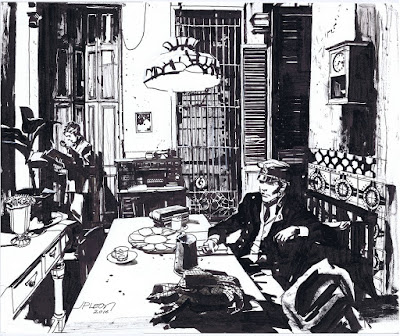
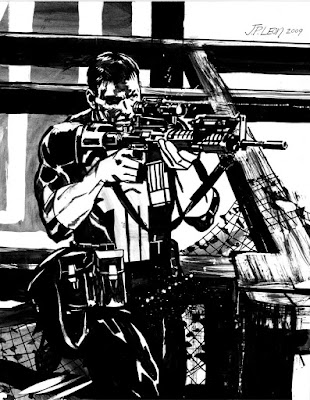
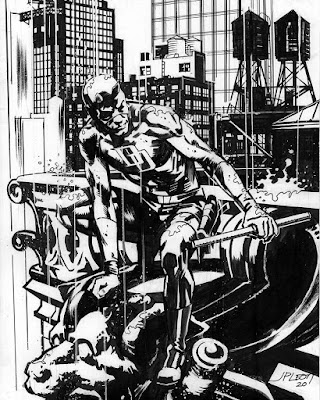
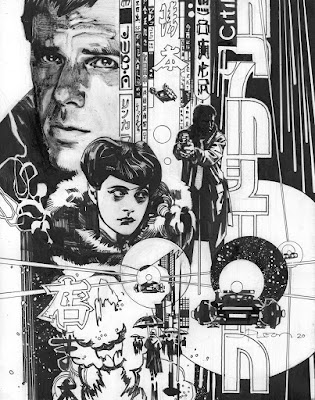
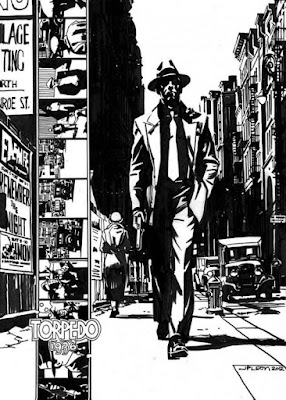


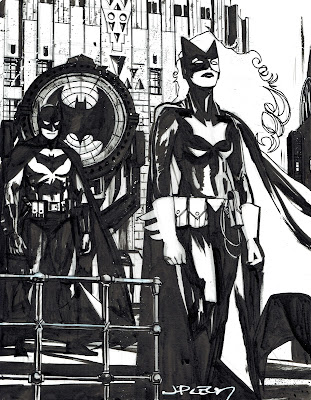
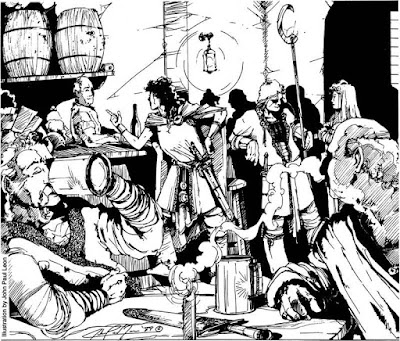






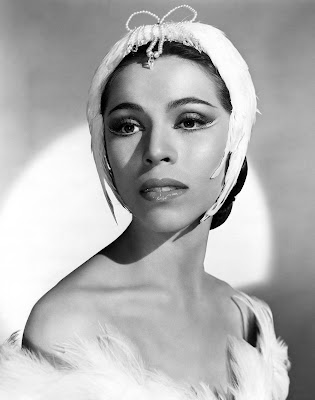


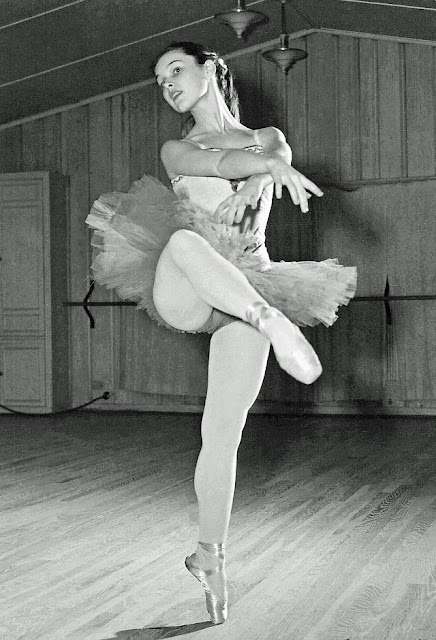

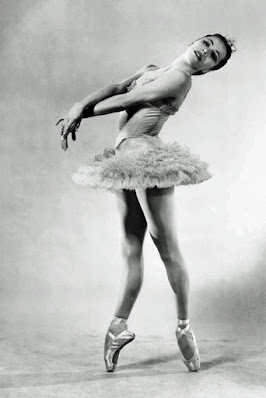
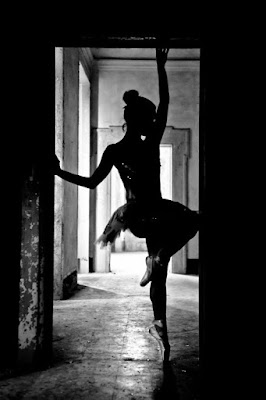
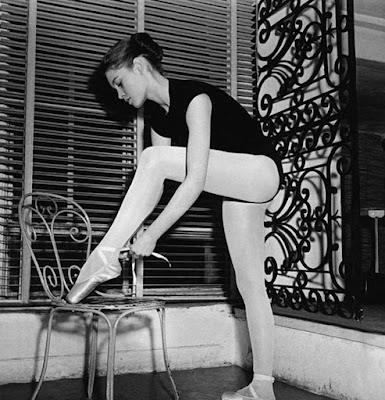



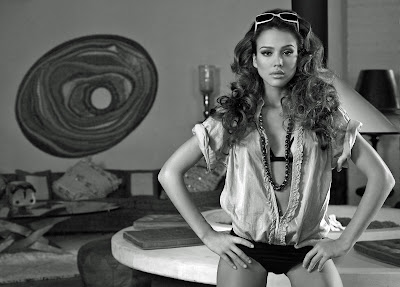

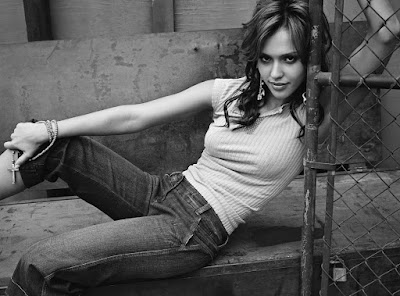



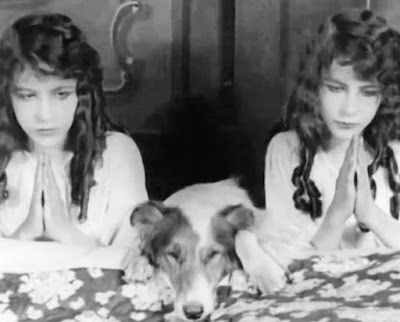
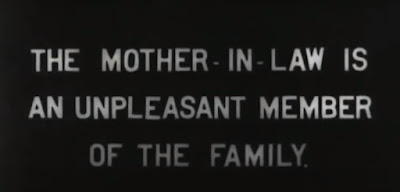

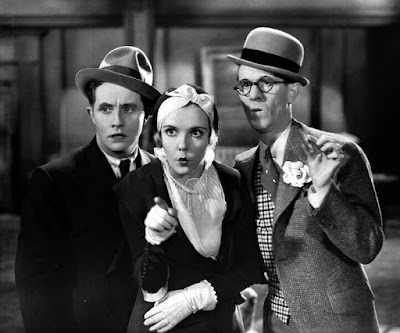
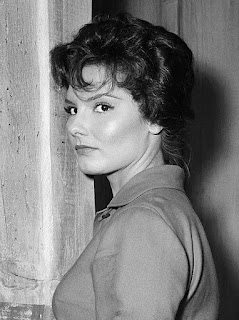
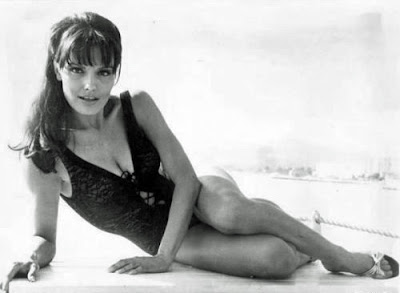



















.jpg)
